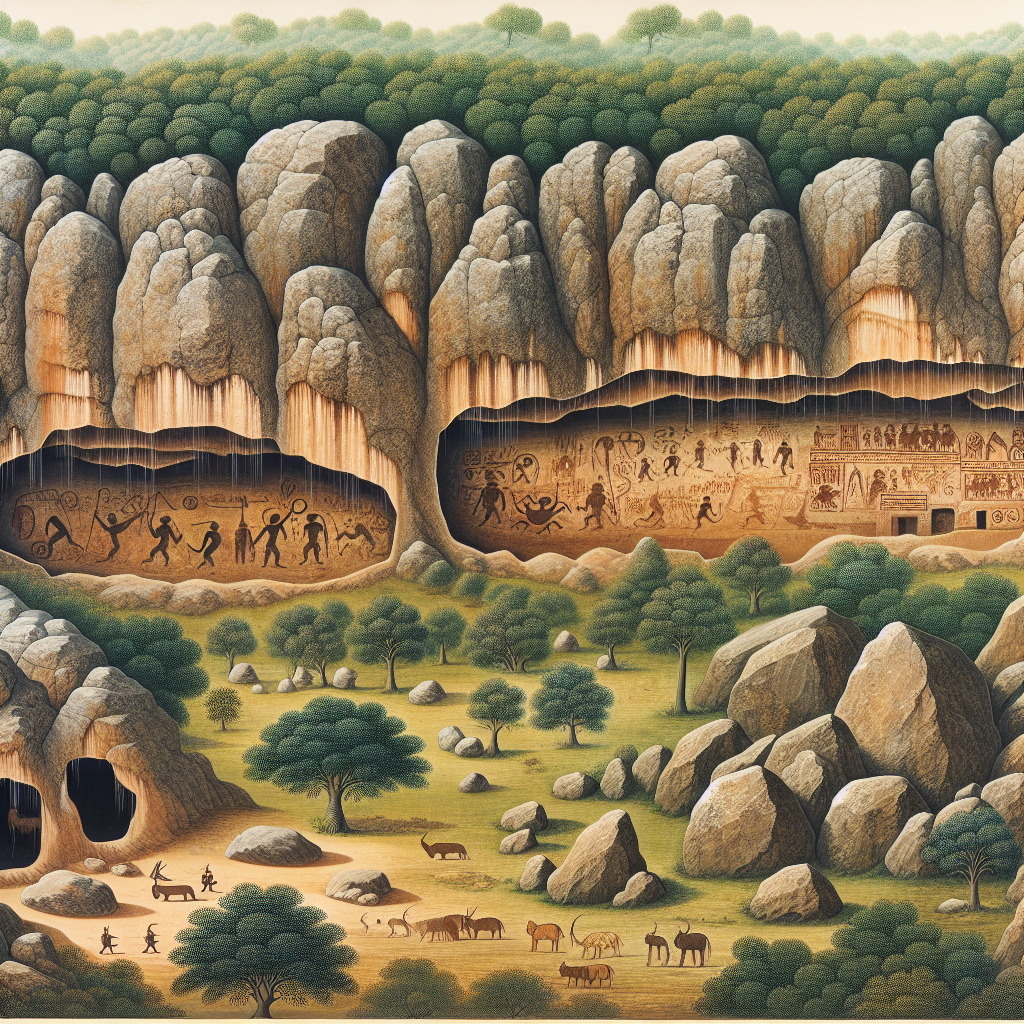Fascinating and Little-Known Historical Facts About the Dollar Currency
1. The first dollar currency was issued by European colonists in the 17th century, specifically the Massachusetts Bay Colony in 1690. It was initially in the form of a paper bill and was called the Massachusetts Bay Colony currency.
2. The United States officially adopted the dollar as its currency on April 2, 1792, with the passage of the Coinage Act. The initial design for the first US dollar was based on the Spanish silver dollar, which was a widely-used currency at the time.
3. The first federally-issued paper currency was the Demand Note, also known as the “greenback,” which was issued during the Civil War in 1861.
4. The design of the modern US dollar bill, with the iconic portrait of George Washington on the front and the Great Seal of the United States on the back, was introduced in 1929.
5. The US dollar has been the world’s dominant reserve currency since the end of World War II, with most international transactions being conducted in dollars.
6. In 1971, President Richard Nixon announced that the US would no longer exchange dollars for gold, effectively ending the gold standard. This event, known as the “Nixon Shock,” marked a significant change in the global monetary system.
7. In 1994, the newly-introduced $5 bill became the first US currency to feature an American woman, first lady and humanitarian Eleanor Roosevelt.
8. The US dollar bill has undergone several design changes over the years, with the most recent being the introduction of colorized bills in 2003 to make it more difficult to counterfeit.
9. The US dollar is the most commonly held foreign currency in the world, with over $1.8 trillion worth of US currency held in other countries as of 2020.
10. During times of economic uncertainty or crisis, the US dollar is often viewed as a safe-haven currency, as it is seen as a stable and reliable store of value.




Post Comment